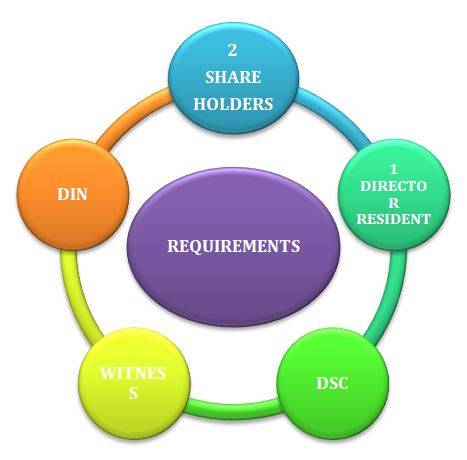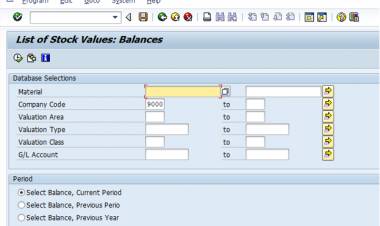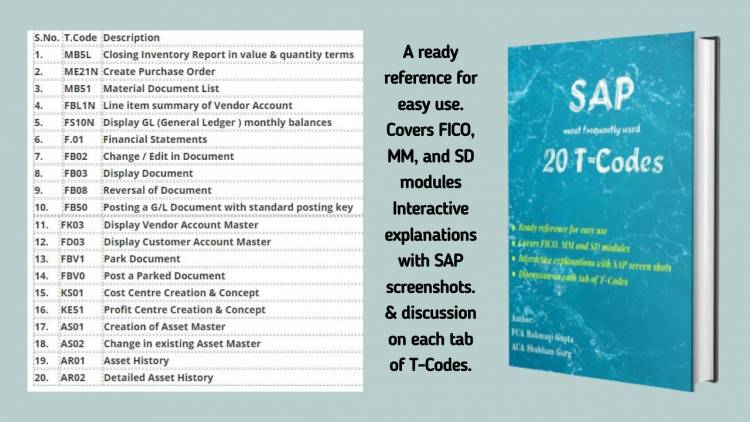LLP Registration, Benefits, Conversion & Winding Up
PROCEDURE TO REGISTER LIMITED LIABILITY PARTNERSHIP (LLP)
LLP is the mixture of partnership firm structure and company structure. LLP is the hybrid product. LLP has been established in India through the Limited Liability Partnership Act, 2008. Ministry of Corporate Affairs (MCA) regulates registration of LLP like other forms of companies. It is registered with the ROC (Registrar of Companies). LLP form is suitable for professionals, MSMEs (Micro, Small and Medium Enterprises), closely held family business etc.

Before we go in detail to the procedure for registration of a LLP, let us understand why is LLP chosen. There are a few benefits that is achieved through LLP. They are:
- Separate Legal Entity:
- Even though LLP looks similar to a partnership firm they enjoy separate legal entity.
- With this concept the owner and business are treated separately. It means that the transaction by partners and transactions by the LLP are treated differently.
- Limited Liability:
- The partners enjoy the benefits of limited liability.
- They are liable only upto the amount of his contribution as mentioned in the LLP agreement.
- Minimum Maintenance:
- Unlike corporate structure the maintenance required by LLPs are very minimal.
- Partners are not held liable for the wrongdoing done by other partners.
- In case of partnership firm, the partners are liable for the wrongdoings of other partners.
- In the case of LLP, the partners are not accountable for other partner’s actions.
- Cost-Effective:
- The total cost of registration of LLP is cheaper compared to that of other forms of companies.
- Lesser Compliances:
- The compliance of LLP much lesser than a private or public company.
- They do not have compulsory audit.
- With reference to taxation purpose, LLP is treated like a partnership firm. So there is no corporate tax.
- It is flexible.
- There is no limit on the number of partners in a LLP:
- The minimum number of partners required to form an LLP is 2.
- There is no upper ceiling
- No minimum Capital Is Required:
- Unlike other forms of companies, here there is no criteria of minimum capital.
- If the partner desires and if it is accepted by other partners, he or she may nt contribute anything. The partner might be hired for the knowledge he or she possesses. Also, there can be situations where the partner can bring in tangible assets.
STEPS:
FIRST STEP: GET DIGITAL SIGNATURE (DSC)
- DSC is mandatory.
- All the forms are online and should be digitally signed.
- DSC should be of either Class 2 or Class 3.
SECOND STEP: APPLY FOR DIRECTOR IDENTIFICATION NUMBER (DIN)
- DIN is applied through DIR – 3.
- All the partners of the LLPs must have DIN.
THIRD STEP: NAME APPROVAL
- Like name approval for private and public companies, LLP also has to get its name approval via Reserve Unique Name (RUN) platform in MCA.
- After application it is processed by Central Registration Centre under Non- STP.
FOURTH STEP: INCORPORATION OF LLP
- We have to file form FiLLiP (Form for incorporation of Limited Liability Partnership) with Registrar of the state where LLP is located.
- We have to apply for allotment of DPIN (Designated Partner Identification Number).
FIFTH STEP: LIMITED LIABILITY PARTNERSHIP AGREEMENT
- LLP has to be registered within 30 days of registration on the portal in Form 3.
- The time span generally taken to register a LLP is 15-30 working days approximately.
WHY SHOULD WE CHOOSE LLP OVER PARTNERSHIP?
- Separate Legal Entity: This one of the main advantage of LLP. Here the partners and the firm are separate entity. Partnership firm do not enjoy the benefits of separate legal entity. The firm cannot acquire assets in its name.
- Liability: In LLP partners have limited liability. They have to contribute only up to the amount mentioned in the agreement. In partnership the partners have unlimited liability.
- Maximum number of partners: In LLP there is no limit for the maximum number of partners. The partnership firm is considered as an illegal association if the numbers of partners are more than 50.
- Perpetual Succession: The LLP continues to have its identity with the death, admission or retirement of the members. This is not the scenario with partnership firm. There are chances of the partnership firm getting dissolved as mentioned in the agreement.
- Process of Registration: The LLP is registered in the online mode in MCA website and then with the ROC. No online facility is available in case of partnership firm. It is not mandatory to get partnership firm registered unlike LLPs. There are unregistered partnership firms also.
- Compliances: Other than the income tax compliances LLP has to comply with other compliances also like audit after crossing a particular turnover. There is no such compliance in case of partnership.
- Name: The name of LLP should be unique. There should be no resemblance. There is no restrictions in names in case of the partnership firm.
HOW TO CONVERT A PARTNERSHIP FIRM TO LLP?
STEP 1: We have to get a Digital Signature (DSC). All the partners should possess DSC.
STEP 2: After obtaining the DSC, minimum two partners should have DPIN – Designated Partner Identification Number. It is a one-time process.
STEP 3: The LLP should apply for name approval. The process of name approval is already described above.
STEP 4: Once the name gets approved, the following forms are to be filed:
- Form 17: Application and statement for conversion of a firm into Limited Liability Partnership (LLP).
- Form 3: Information with regard to limited liability partnership agreement and changes, if any, made therein.
- Form 2 : Incorporation Document and Subscriber's Statement
- The following documents are given as attachment:
- Address proof of registered office,
- Approval by regulatory authority,
- Details of partnership (including details of partners and directors)
- Consent of all the partners,
- Copy of the latest income tax return (can be acknowledgment),
- No Objection Certificate from tax authorities,
- List of creditors and their consent, and
- List of certified liabilities and assets.
- The above documents will have to be filed with the prescribed fees. If the documents are okay, certificate is issued. Receiving the certificate means the conversion is successful.
HOW TO WIND UP LLP?
LLP can be wound up through two modes:
- Mode 1: Through a tribunal
- Mode 2: Voluntary winding up.
REASONS:
The following may be the reason to wind up an LLP:
- The LLP voluntarily wants to wind up.
- We require a minimum of two partners to form an LLP. If the required minimum number is not met for a period of more than six months the LLP will be forced to wind up.
- The LLP has become bankrupt and is not in a position to clear its debts.
- The LLP has acted against the interests of the sovereignty and integrity of India, the security of State or public order.
- The LLP has not filed its statement of accounts with the Registrar for any five consecutive financial years.
6. The Tribunal is of the opinion that it is just and equitable to wind up the LLP.
WHAT IS THE PROCEDURE TO BE FOLLOWED TO WIND UP AN LLP?
- Step 1: Resolution has to be passed to initiate winding up. It has to be filed with the ROC within 30 days. Commencement of winding-up starts from the day the resolution is passed.
- Step 2: A declaration by the majority of partners has to file. It should not be less than 2 directors. It should be an affidavit. The declaration should state that the LLP has no debts to clear and if any debts, it has resources to pay off the debts. The debts should be paid within 1 year from the initiation of the winding-up process. The affidavit should have a statement of assets and liabilities from the date of account closure to the date of winding up and it should have a valuation report by the valuer. He should assess the value of the assets.
- Step 3: The LLP has to appoint a liquidator within 30 days of passing a resolution. If the LLP has creditors, 2/3 rd of the creditor should approve the appointment of a liquidator.
- Step 4: Once the liquidator finishes his process, he should file a report. The report will contain details as to how the liquidator conducted the liquidation process, the method adopted etc. The report should be approved and passed by the 2/3rd number of partners and creditors. After approval, a resolution is passed for winding up and it is explained in detail as to why the LLP decided to dissolve. The liquidator report and the resolution should be sent to the registrar and also filed with the tribunal.
- Step 5: The final step. The tribunal would scrutinize the method of winding up, the reports etc. If the tribunal is satisfied a favourable order is passed. Upon passing the order the LLP will be dissolved. The copy of the order should be filed with the registrar. This is done by the official liquidator. The registrar will file the same in the official gazette.
 Download APP
Download APP











































